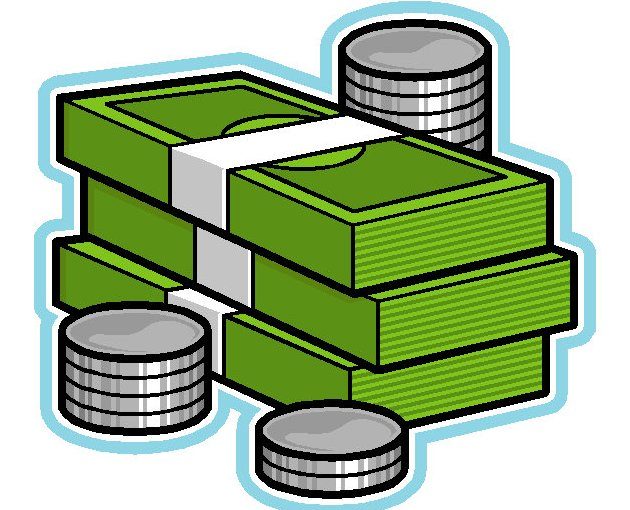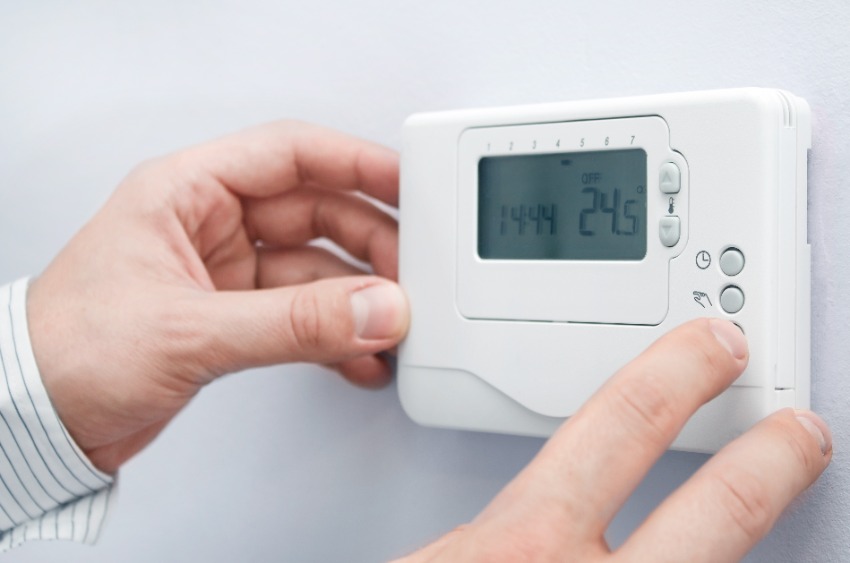We’re experiencing more and more rainfall as we move further into autumn, and we can only expect more once we get into winter. Throughout the many heating and cooling systems available there are various ways of weatherproofing your unit, though not all of them apply to every system. In fact, your HVAC system is built to withstand some significant weather conditions, including heavy rainfall. So here are some things you should and should not do to keep your HVAC protected during heavy rain.
DON’T cover your HVAC with a tarp, rain fly, or other weatherproof covering.
If you’re planning on running your HVAC, covering it isn’t a good idea, and most of the time isn’t necessary. The vast majority of HVAC systems are built to handle significant downpour and other weather conditions, and covering them can cause problems if you run them. In general, your HVAC system will be completely fine in heavy wind and rain unless it becomes submerged. If water pools up around your HVAC system then the wiring and electrical systems could become damaged, though normal downfall will not affect them.
DO divert water around your HVAC system.
If you do have substantial rainfall and it does begin to pool around your HVAC, you can take measures to divert the water away in order to prevent your system from becoming partially submerged. Whether this is repositioning your gutter’s downspout, digging a small trench to divert the flow, or building up a protective barrier, these steps could help keep a pool from forming around yours system.
DON’T place objects or covers on top of or near the HVAC system.
Another potential solution some people may consider for weather proofing your HVAC is to set up a nearby barrier or cover, without fully covering the system. This isn’t advised either, as HVAC systems perform best with consistent and uninterrupted airflow. If you are trying to protect your system with a barrier against potential debris from the wind, for example, make sure it is at least two feet away to prevent airflow issues.
DO monitor your system for debris.
While wind itself doesn’t pose much of a threat to your HVAC system, dirt, leaves, and other debris can be blown into and on it which could cause issues. After a severe storm, check on your AC unit and look for potential damages. If there is damage to the exterior, there could be damage on the interior, and that should be resolved prior to running your system.
Overall, outdoor heating and cooling systems are quite weather resistant and shouldn’t need much interference to stay operational. However, it is always best to regularly check your system for obstructions or damages and schedule any needed repairs as soon as possible so you can get back to running your system!




